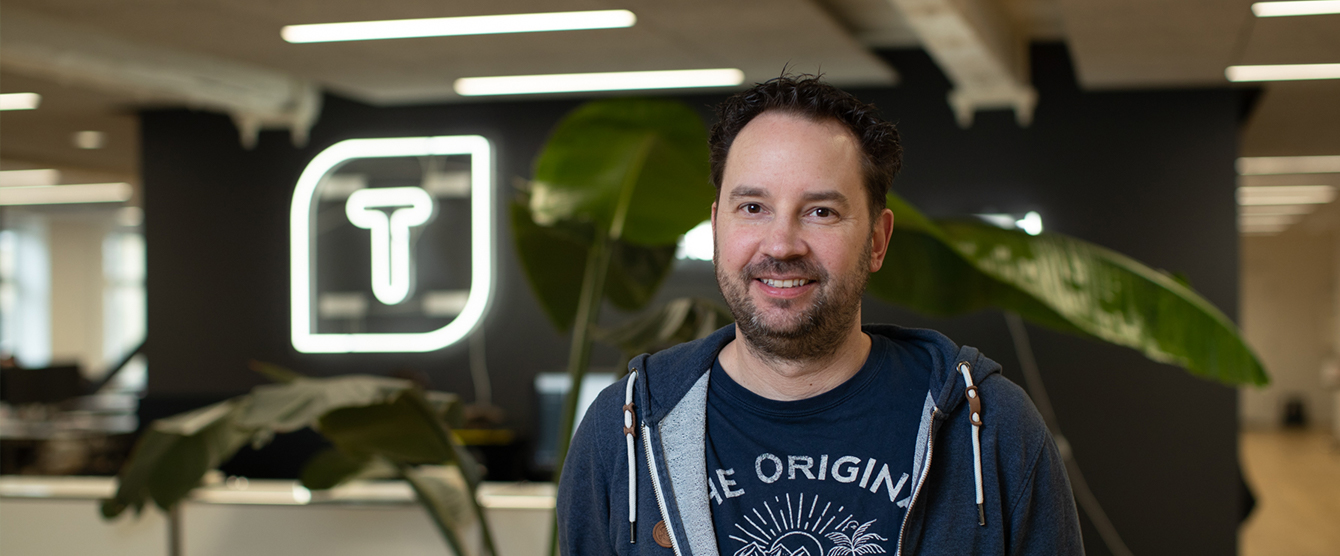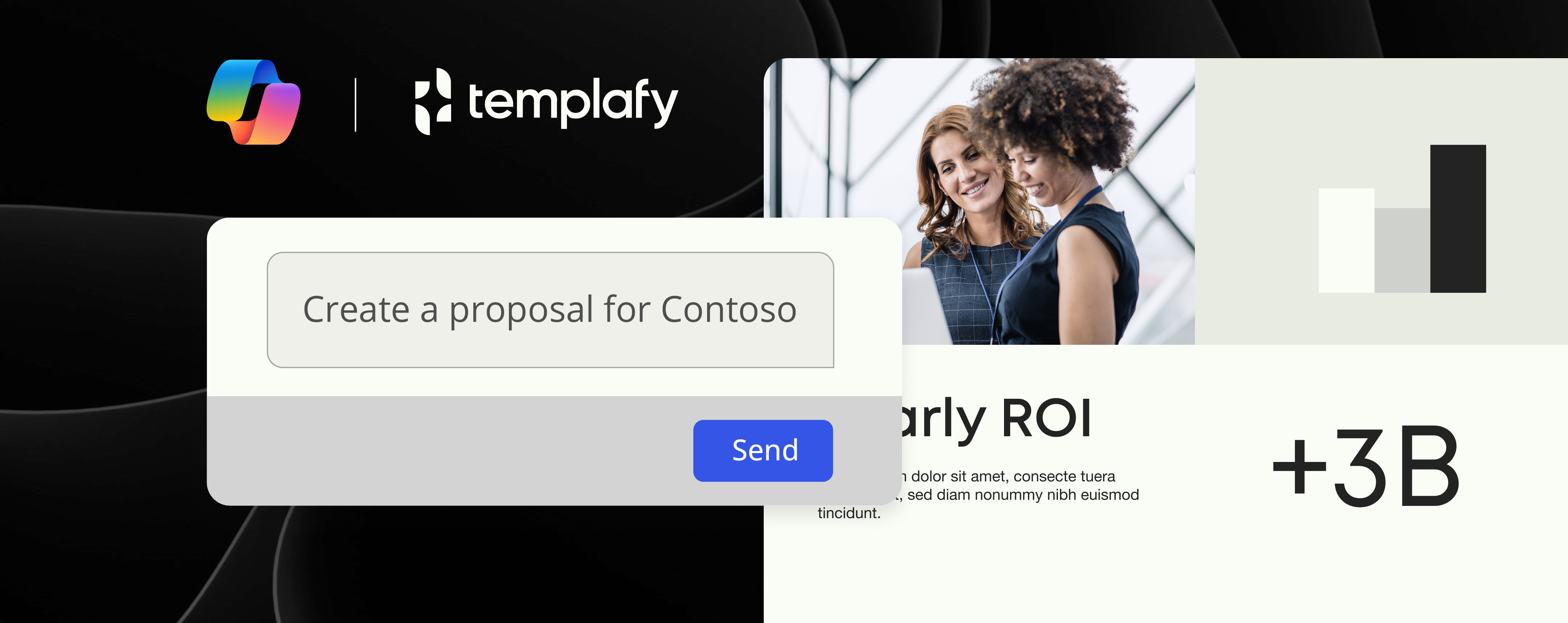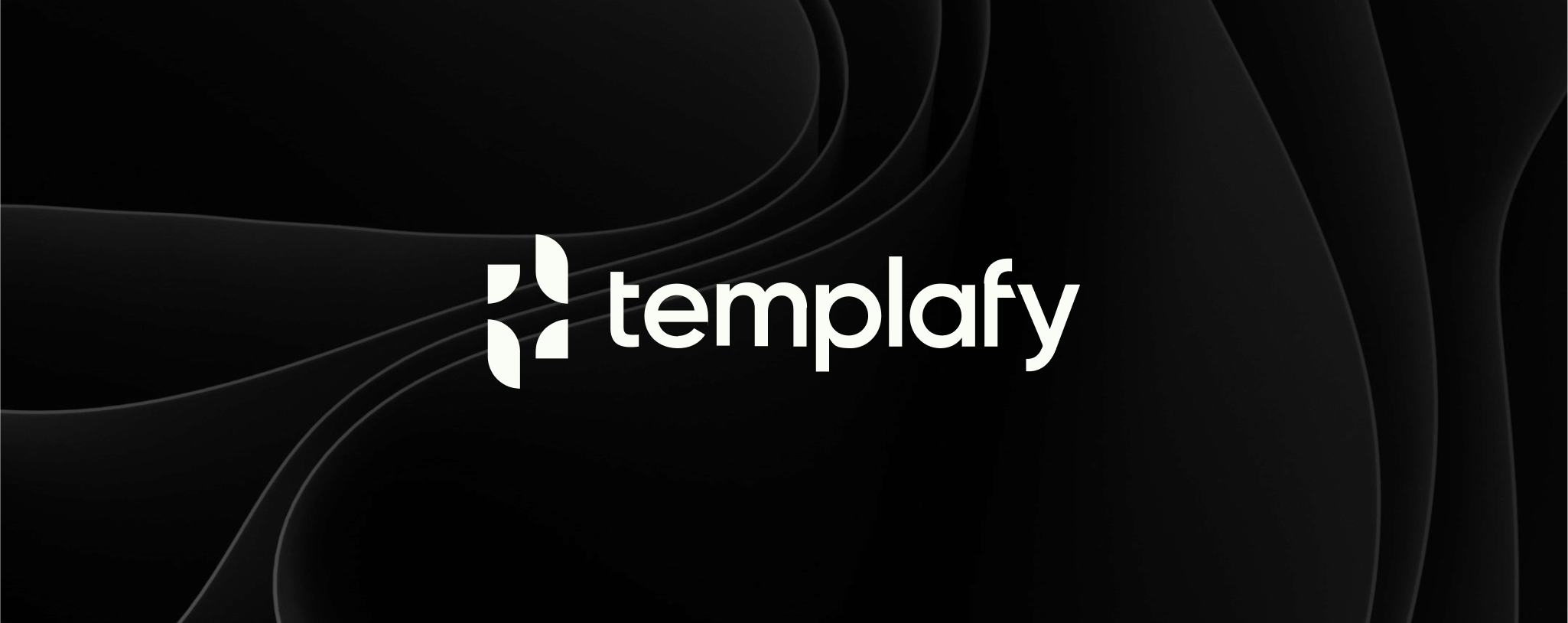Life as a Senior Software Engineer at Templafy

Marco van Kimmenade is a Senior Software Engineer based in Templafy’s Eindhoven office, who has over 20 years’ experience in both front and back end development.
We spoke to him about his background and experience, how software engineering has changed over the years, and how he’s finding life at Templafy.
Can you tell us about your engineering experience?
Roughly for the last 20 years I have been working as a Software Engineer. In the beginning I worked on several on-premise retail applications built using Borland Delphi 5. The challenges that you faced back then were quite different than the ones from today.
As an example, back then internet as we know it today was not yet available, so we had to ship updates using floppy disks. Some time after Microsoft developed the .NET Framework, I made the switch from Delphi to C# and started working for a telecommunications company building their CRM/ERP system.
Around 2010 we moved this system to Azure and I’ve been using Azure ever since. Since then, I have built a couple platforms for connected devices with tens of thousands of devices connected.
I have always done both front and back-end development, and ever since switching to .NET I have used .NET as my back-end. For the front-end I’ve used multiple different frameworks, from vanilla-JS, jQuery and knockout to full SPA frameworks like Angular, Aurelia and React.
Careers at Templafy
We’re always on the lookout for gifted minds to help us on our journey
What is your role at Templafy? What does it entail?
In Templafy the Engineering team works in squads and guilds. As a Software Engineer, I am part of one squad and two guilds. The entire Templafy platform is broken up into smaller systems, and each guild is responsible for a system. My squad is responsible for the template transformation system, and the work I do for that consists of both front and back-end development. We organize this with a scrum/agile based planning and execute our deployment using a DevOps approach.
“Learning new technologies is embedded in the culture and setup of Templafy. Every developer is allowed, and even encouraged, to try new things and showcase them in the appropriate guild.”
Marco van Kimmenade
Senior Software Engineer, Templafy
What does a regular day at Templafy look like for you?
My day usually begins with checking some new Pull Requests and reading up on threads in Slack. After that I start with some development work, either alone or pair-programming with one or more of my squad mates using Zoom. Just before lunch we discuss our progress with our Product Manager. After lunch there is some more development work to be done or I have some meetings with the guilds that I’m part of.
Guilds are responsible for items that cross squads. For example, I am part of the Cloud and the DevOps guilds. During a Cloud guild meeting we discuss what the best approach is for deploying our platform in the cloud, what Azure services we need for that and how it can be maintained and monitored. There can be some development work that is needed for that and this work is also being done by the guild members.
What do you think of the technology we use at Templafy? What do you enjoy about the technologies and coding systems we use?
The Templafy platform is currently being rewritten. As such, we are using today’s latest technologies like .NET Core 3.1, Azure Kubernetes Service and React. Using the latest technologies allows us to build the most cutting-edge functionality, which makes it extremely fun when showing these things to the business in a sprint review.
Learning new technologies is embedded in the culture and setup of Templafy. Every developer is allowed, and even encouraged, to try new things and showcase them in the appropriate guild. If there is a benefit in using new technologies, they can be accepted and incorporated into our platform very quickly. Because there are no lengthy procedures that need to be done, your research is transformed into actual implementations without delay, which makes it a lot of fun to keep researching new stuff.
Because of this, as an example, we also use the latest in code analysis tools. We care about maintainability and readability a lot, so using the latest tools to make sure we have clean code has great advantages and short implementation periods.
You work from Eindhoven: Do you collaborate with developers in different office locations?
Currently, the Software Engineering team is spread across 4 different cities. For the squad that I am in, the Software Engineers are located in 2 of those cities. Because Templafy is an online-first company, everything we do happens online. Every piece of digital content (source code, wiki’s, etc.) is obviously stored in the cloud. But all the meetings in Templafy are also online so everybody is completely used to communicating with others remotely.
When working together with my squad mates, or any other developers, we use video conferencing to communicate, and use screen sharing or Live Share to look at the same source code. Even our pair-programming sessions are done in this way and that works perfectly.
“With the entire company communicating online and being flexible with working hours and location, it allows me to organize my day so I can be most productive and have a good work-life balance.”
Marco van Kimmenade
Senior Software Engineer, Templafy
What do you think of the office in Eindhoven?
The office in Eindhoven is located in the city center. The train station is close by, and we have private parking so there’s always room for your car too. The layout of the office is open and there’s a relaxing vibe in the office because of funny quotes on the walls, some plants and of course a table soccer and Pac-Man machine.
The people in the Eindhoven are very dedicated to their work, but there’s always still time and place to have some fun together. There’s always someone who is willing to play a game of table soccer or Pac-Man.
The city of Eindhoven itself is a nice place to work or live. Because of the technical university and the numerous high-tech companies located in Eindhoven, there is a large international community.
Why did you choose to work for Templafy? Why would you advise other engineers to come and work here?
For me there are a couple of reasons why I really like working at Templafy. Because of the setup with squads and guilds, every developer has a say in how the platform is being build. There are no rigid procedures that need to be followed or massive amounts of diagrams or documentation that need to be created before actually implementing something.
With the learning culture and the guilds, you have the ability to research new technologies and also learn a lot from other developers in the guild.
With the entire company communicating online and being flexible with working hours and location, it allows me to organize my day so I can be most productive and have a good work-life balance.
We’re always looking for talented engineers to join Templafy so if you’re interested in being part of the next chapter in our story, visit our careers page to see our latest opportunities.


